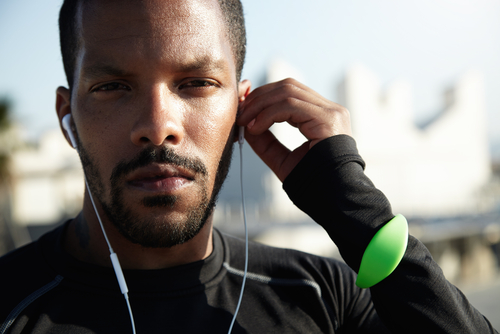Dec 2, 2016Sound as a Training Tool
Coaches at all levels of athletics routinely use video to help their athletes improve. But have you ever thought of using audio in a similar way? Researchers say sound can be an effective training tool either instead of or in addition to visual aids.
As detailed on Sports Coach UK, studies of golfers, hurdlers, and long jumpers have all shown that perception and action share a common system in the brain. For example, golfers who were asked to listen to audio recordings of their swings mixed in with others were able to accurately identify which came from their swings.
Other experiments have indicated that this kind of association can enhance performance. In one study, expert hammer throwers had a series of their throws recorded by a microphone on the head of their hammer. The sounds associated with the longest of those throws were then played back to the athlete five times before throwing again. After listening to their most successful throw, the athletes showed a significant increase in both the length and consistency of their following tosses. Similar results were observed in swimmers who listened to audio of their most effective stroke cycles and soccer players who listened to their best run up for a free kick.

Even training itself may be affected by sound. A study of weightlifters doing bench presses found that those who listened to an auditory model of a low-intensity sound during the down phase and a high-intensity sound during the up phase exerted more power than those who had no sound assistance.
The benefits of sound were also observed in a study of novice basketball players who watched a video of a professional player taking jump shots. Those who watched clips that included sound performed better than those who had watched the same video without sound.
Italian researchers said that there is still much more research to be done, especially into the type of audio samples used (i.e., is it more effective to use audio of the athlete’s own performance as feedback or to use performance by elite athletes as a model) and the difference between using sound as performance enhancer for those who have already mastered skills as opposed to using it as an aide for athletes still mastering basic sport skills. They also note all previous studies have only looked at short-term improvements and that future tests should done to evaluate its effectiveness over longer periods of time.
While no one is suggesting that audio will replace video as a training tool, it appears that there is a place for it. Whether it’s as simple as suggesting an athlete listen as closely as they watch video or as complex as holding dedicated audio training sessions, sound training is something for coaches to look into.


